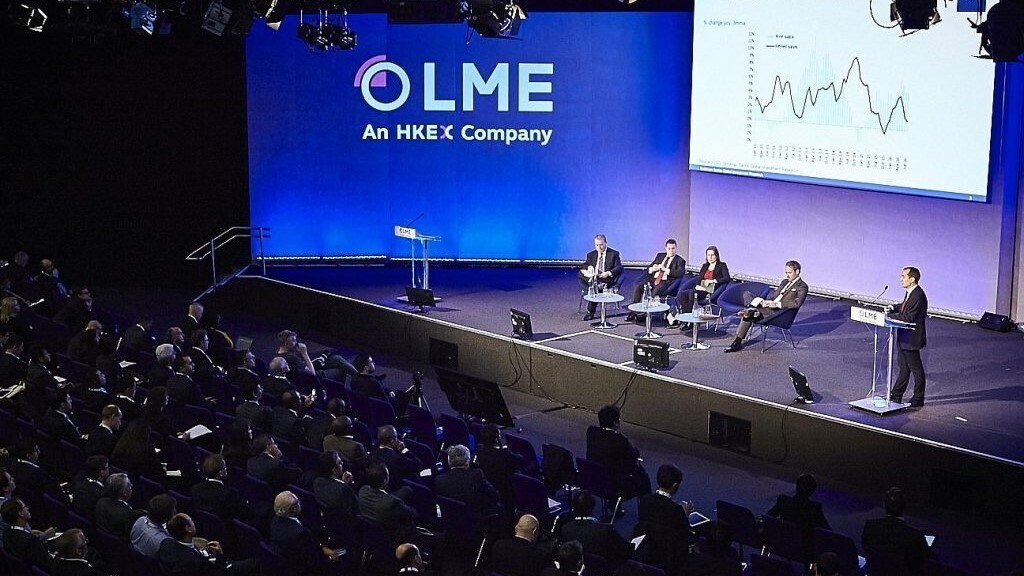Rusal expects supply-demand gap to narrow following the market resurgence on Chinese stimulus
On Monday, September 30, at LME week 2024, Rusal expressed its confidence that the ongoing supply-demand gap in the global aluminium market would narrow shortly and reach balance by the end of 2025. This optimism follows a market upturn buoyed by the Chinese stimulus programme, leading to a demand boost.

On Monday, September 30, Chinese stocks jumped to the highest in a single day in the past sixteen years, with domestic A-shares registering their highest-ever turnover. The CSI300 blue-chip index is up by nearly 30 per cent from the February trough, heading to a bullish market. The stimulus package declared last week included relaxation on property market rules in major cities like Beijing, Shanghai, and Shenzen to encourage investments in the real estate sector, reduction in mortgage rates, interest rate cuts, and freeing up cash from banks to enhance liquidity.
Rusal expects the global aluminium surplus to amount to around 500,000 tonnes at the end of 2024 and to narrow to 200,000-300,000 tonnes by the end of 2025.
According to the International Aluminium Institute, global primary aluminium production in the first eight months of 2024 totalled 48.2 million tonnes, up 3.2 per cent Y-o-Y. This massive output volume will be offset by the rising demand for primary metal with the onset of new orders from downstream sectors, leading to a solid buying sentiment.
To capitalise on the growing market in China, Russia’s biggest primary aluminium producer, Rusal, has shifted its focus to China. Sanctions from Western countries against Russia and bans from LME-approved warehouses due to the Ukraine-Russia conflict also made Rusal shift its focus to China. The latter is now Rusal’s largest export market.
At LME week, a global industry gathering in London, Rusal also mentioned that despite challenging market conditions, they witnessed a broad acceptance of its low-carbon aluminium from the global end-user market.
Talks about 2025 sales – which coincide with LME Week – “are ongoing and consistent with typical negotiations cycle,” Rusal said without providing further details.
Rusal also said that the heightened aluminium prices have supported large producers in making profits and carrying out capacity ramp-ups in Indonesia and Russia. Rusal expects higher output will be largely offset by the growing demand from the end-user sector, at 2.5-2.7 per cent in 2024 and 3.5 per cent in 2025.
This news is also available on our App 'AlCircle News' Android | iOS




.gif/0/0)

















